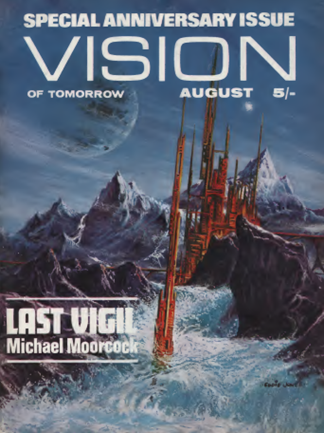
By Mx Kris Vyas-Myall
Last time I talked about popular music, I noted there was a battle between the past and the future. Looking at the sales figures today, it seems like the desire for nostalgia has won out. Around half the top 40 singles and over a third of the top 40 albums are in the country-folk-blues-rock style that is currently in vogue. The sound pioneered by The Band, CCR, Canned Heat and Buffalo Springfield (among others).

Some of the albums people are currently buying in droves
Furthermore, in a reverse of the British Invasion, it has been overwhelmingly American artists that have been selling, often singing about the old America. Whether this be The Beach Boys talking about the “cottonfields back home” (apparently, they no longer love California Girls), Elvis opining being “in the cold Kentucky rain” or CSNY telling us “country girl I think you’re pretty”, it seems Americana is big. Even British groups have been getting in on the act, with Christie saying they are “on [their] way to Yellow River” and Mungo Jerry singing the San Francisco Bay Blues, even though I doubt if any of them have spent much time on US soil.

And singles that remain stubbornly in the charts over the summer
This has also extended to the more liberal themed songs in the charts, which seem to be about how America has gone wrong, whether that be Marvin Gaye’s version of Abraham, Martin and John or Joni Mitchell lamenting that “they paved paradise, put up a parking lot”.
The question of “what has happened to America?” seems to be one everyone is asking, and it has even entered into the world of comic books:
Green Lantern, Co-Starring Green Arrow
DC comics has not really been holding its own against Marvel recently. They launched a few interesting new characters but they have mostly disappeared from the shelves. This shake-up of three existing crime-fighters is unlike anything I have ever seen in the world of superheroes.

![[July 24, 1970] They’ve All Come To Look For America (<i>Green Lantern co-starring Green Arrow</i>)](https://galacticjourney.org/wp-content/uploads/2025/06/GAGL8-672x372.jpg)
![[July 19, 1970] Dips in road (<i>Maze of Death</i>, <i>The Eternal Champion</i>…and others—July Galactoscope #2)](https://galacticjourney.org/wp-content/uploads/2025/07/700719covers-672x372.jpg)

![[July 14, 1970] Hit For Six (<i>Vision of Tomorrow #11</i>)](https://galacticjourney.org/wp-content/uploads/2025/06/VOT3-324x372.png)



![[July 8, 1970] I'm Still Marching Some More (<i>Orbit 7</i>)](https://galacticjourney.org/wp-content/uploads/2025/07/Orbit-C-416x372.jpg)



![[May 18th, 1970] Rematch (<i>Vision of Tomorrow #9</i>)](https://galacticjourney.org/wp-content/uploads/2025/05/Vis1.png)


![[May 10, 1970] Fever Pitch (<i>New Writings in S-F 17</i> & <i>Vortex</i>)](https://galacticjourney.org/wp-content/uploads/2025/05/Vort-Title-554x372.png)


![[April 28, 1970] A Strange Case of Vulgarity & Violence (<i>Vision of Tomorrow</i> #8)](https://galacticjourney.org/wp-content/uploads/2025/04/VoT5-1-280x372.jpg)





![[March 18, 1970] Future Cities and Past Visions (<i>Vision of Tomorrow</i> #7)](https://galacticjourney.org/wp-content/uploads/2025/03/Vot-4-428x372.png)




![[March 12, 1970] It’s A Dog’s Life (<i>Orbit 6</i>)](https://galacticjourney.org/wp-content/uploads/2025/03/Orbit-F-672x372.jpg)






![[February 16, 1970] Unassailable Fortresses? A Full-Five pair of issues: (<i>Vision of Tomorrow #6</i>)](https://galacticjourney.org/wp-content/uploads/2025/02/VOT6d-446x372.png)



